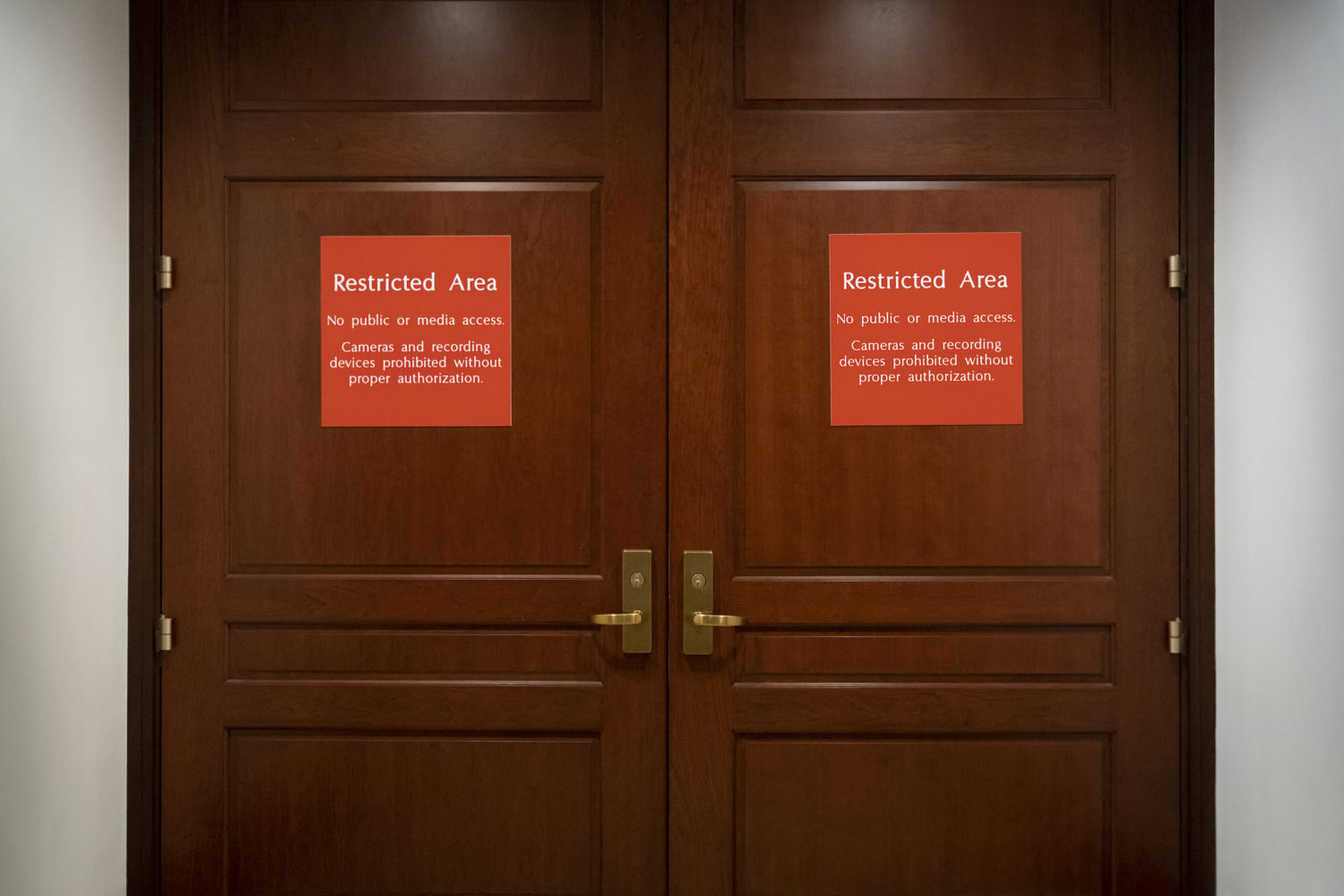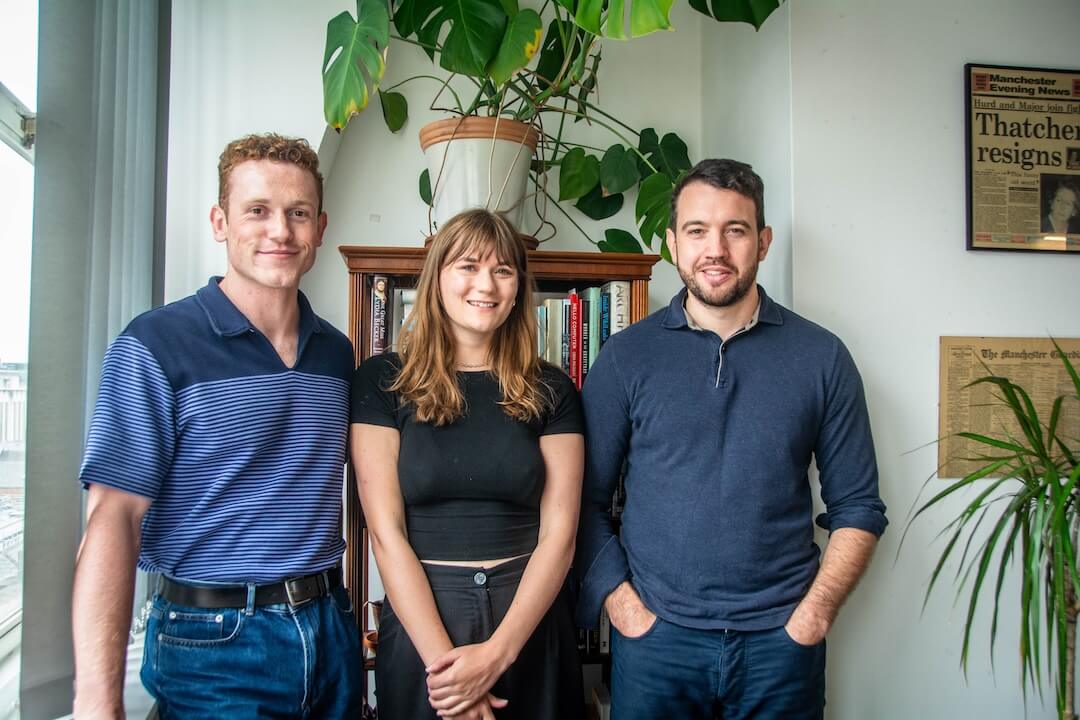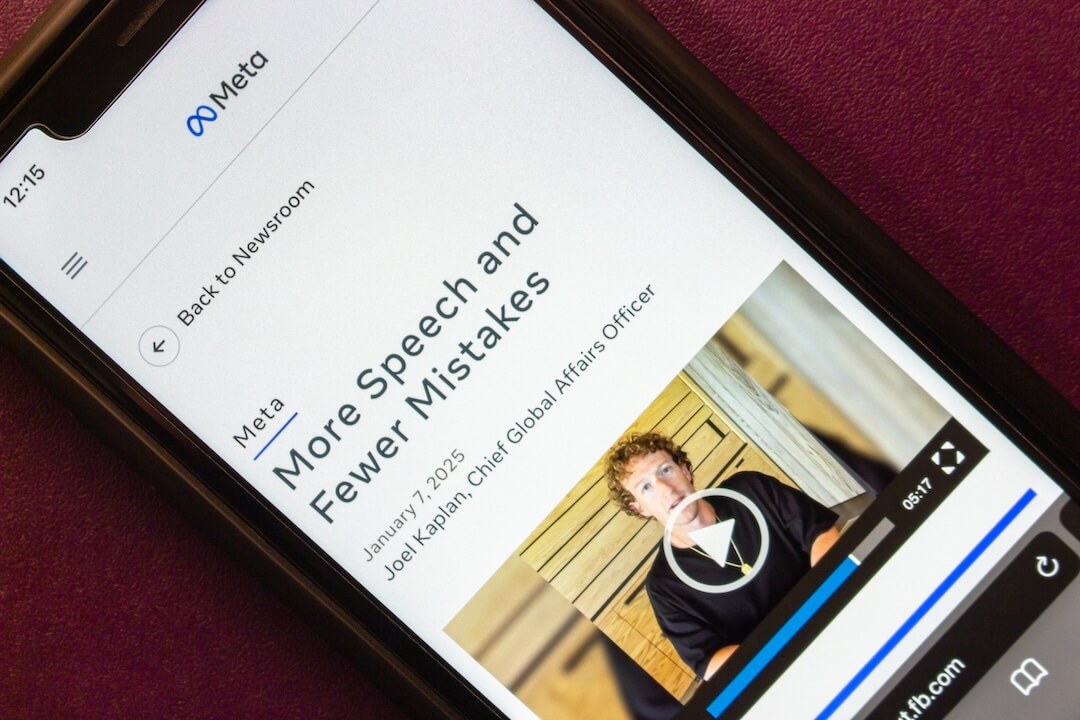President Joe Biden has been grappling with the discovery of classified documents at two locations: his post-vice presidential office in Washington, D.C., and his home in Wilmington, Delaware. U.S. Attorney General Merrick Garland appointed a special counsel to determine whether Biden or his staff have broken any laws governing the handling of classified materials.
On “Fox News Sunday,” Rep. Brian Fitzpatrick, R-Pa., who has served on the House Intelligence Committee, called for equal treatment of Biden’s case and the one involving former President Donald Trump, who is facing his own special counsel investigation of how classified documents and other government papers were stored at his Mar-a-Lago estate in Florida.
Referring to Biden’s handling of materials with classified markings, Fitzpatrick cited his experience as an FBI special agent and a federal prosecutor, and said: “Classified documents can never be taken out of a SCIF, ever.”
A SCIF, pronounced “skiff,” is intelligence community shorthand for “sensitive compartmented information facility.” It is a physical space that meets intelligence community protocols in which classified documents can be studied securely by officials with the proper security clearance.
We contacted Fitzpatrick’s office to ask for evidence to support his statement, but got no reply. Fitzpatrick made much the same point Aug. 14 on “Face the Nation,” after Trump’s documents came to light, saying, “Nobody’s claiming that it’s OK to have a, certainly I’m not, that it’s okay to have classified information anywhere outside of a SCIF.”
Experts, however, told PolitiFact that Fitzpatrick exaggerated and oversimplified the relationship between classified documents and SCIFs.
Understanding SCIFs
The federal government and its contractors collectively have thousands of SCIFs in numerous locations, said Robert Deitz, a George Mason University public policy professor who previously worked at the CIA and as the National Security Agency’s general counsel.
A SCIF “is a room — any room — that meets the requirements established by the intel community,” Deitz said. Those have to do with factors such as locks, isolation and building security, he said.
The Office of the Director of National Intelligence distributes a 100+-page memo of specifications for the facilities, including criteria for doors and windows and rules for personnel and telecommunications. The facilities are usually permanent, but they can also be temporary, since the president and vice president need access to sensitive information wherever they may be, including when on vacation.
Fitzpatrick referred collectively to “classified documents,” but there are differing levels of classification, with escalating levels of security clearances required to view them. The least restrictive level is confidential; the most restrictive levels are top secret and above.
Although all classified documents can be viewed in a SCIF, it is not required that documents in the least restrictive classification categories be viewed in those facilities. The facilities are used typically for materials categorized as “top secret/sensitive compartmented information.”
Classified documents below the top levels typically are stored, retained and viewed in classified spaces that are not SCIFs, said Bradley Moss, a Washington, D.C., lawyer who works on national security cases. These classified spaces do not have the same security guidelines as SCIFs, he said, though they are more restrictive than normal workspaces.
The only information that must be protected in a SCIF is classified information derived from intelligence sources and methods, said Steven Aftergood, former director of the Federation of American Scientists Project on Government Secrecy.
So, there is a broad swath of “classified documents” that is not required to be brought to a SCIF in the first place.
Can highly secret material be removed from a SCIF?
Even information classified as top secret/sensitive compartmented information may be removed from a SCIF as long as proper protocols are followed, experts said. The same is true for material with lower classifications.
Molly Shadel, a University of Virginia law professor who formerly worked at the Justice Department, gave an example of a Justice Department lawyer working with top secret/sensitive compartmented information materials in a SCIF. The lawyer might find that some of the documents need to be presented to a judge, which would require an off-site meeting.
“In that situation, the lawyer would use a special DOJ-issued bag with special locks and other security features” to transport the materials, Shadel said. “But that lawyer would need to lock the materials up in a SCIF when she’s not using it, perhaps at a local FBI field office. She couldn’t just keep it overnight in her hotel room.”
Moss said classified documents, no matter their level, “cannot simply be removed and taken outside of any secured space without complying with security protocols.” However, he called Fitzpatrick’s characterization of the process an “oversimplification.”
Dietz said, “Of course, Trump and Biden and every other (president and vice president) have taken sensitive information home. “Therefore, it is not true that sensitive information can never leave a SCIF.”
Deitz said that a president’s or vice president’s home might be considered tantamount to a SCIF.
Finally, it’s unclear how relevant Fitzpatrick’s point is to the Biden case.
CNN, The Washington Post and NBC, without naming sources, stated that some Biden documents included “sensitive compartmented information.” If true, that would mean those documents require a SCIF. Meanwhile, the list of items taken by federal agents during the Mar-a-Lago search include materials described as “various classified/TS/SCI documents.” The FBI photographed documents marked top secret found at Mar-a-Lago.
Biden’s personal attorney, Bob Bauer, said in a Jan. 21 statement that Biden’s lawyers gave the Justice Department access to search his Wilmington home. The Jan. 20 search turned up “six items consisting of documents with classification markings and surrounding materials, some of which were from the President’s service in the Senate and some of which were from his tenure as Vice President.”
Our ruling
Fitzpatrick said, “Classified documents can never be taken out of a (sensitive compartmented information facility), ever.”
This is exaggerated. SCIFs must be used when documents with the highest-level classifications have to be reviewed. But even the most highly classified documents can be taken out of a SCIF, as long as specific precautions are taken that ensure similar levels of security.
In addition, it’s not required that documents with lower levels of classifications be viewed in a SCIF in the first place.
Fitzpatrick’s statement is partially accurate but leaves out important details.
We rate it Half True.
This fact check was originally published by PolitiFact, which is part of the Poynter Institute. It is republished here with permission. See the sources for this fact check here and more of their fact checks here.







